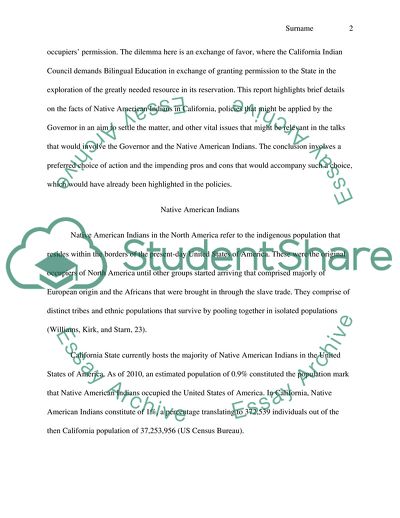Cite this document
(Bilingual Education to Native American Indians Essay, n.d.)
Bilingual Education to Native American Indians Essay. https://studentshare.org/education/1763150-bilingual-education-to-native-american-indians
Bilingual Education to Native American Indians Essay. https://studentshare.org/education/1763150-bilingual-education-to-native-american-indians
(Bilingual Education to Native American Indians Essay)
Bilingual Education to Native American Indians Essay. https://studentshare.org/education/1763150-bilingual-education-to-native-american-indians.
Bilingual Education to Native American Indians Essay. https://studentshare.org/education/1763150-bilingual-education-to-native-american-indians.
“Bilingual Education to Native American Indians Essay”. https://studentshare.org/education/1763150-bilingual-education-to-native-american-indians.


